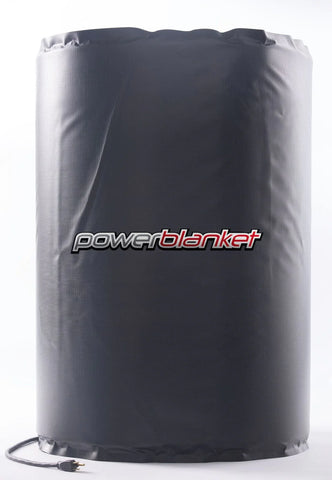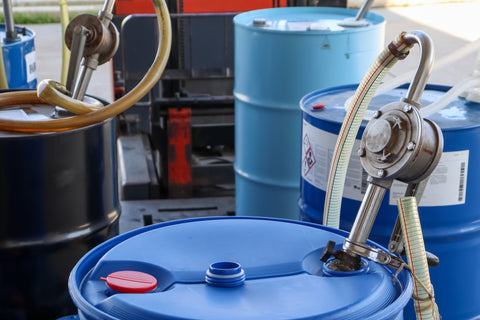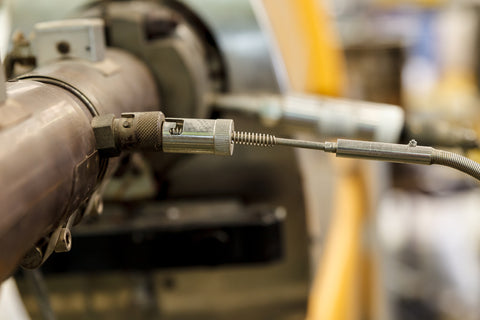The Importance of Paint Temperature for Perfect Painting Projects
Maintaining optimal paint viscosity is pivotal for smooth, even coatings on various surfaces. Many professionals and DIY enthusiasts are left wondering how to heat a plastic paint bucket correctly to ensure flawless application. This guide delves into effective strategies to keep your paint at the perfect temperature for your painting projects.
Why Temperature Control is Crucial for Paint Application
The Science of Paint Viscosity and Temperature
Understanding the relationship between paint viscosity and temperature is key to achieving professional-quality finishes in painting projects. As temperature increases, paint viscosity decreases, meaning warm paint is thinner and spreads more uniformly over the surface. This property is crucial when working on projects that require a smooth, flawless finish. In contrast, cool paint is thicker and may not spread as easily, potentially leading to an uneven texture that can mar the appearance of your work.

Achieving the correct temperature is not just about aesthetics; it also affects the functional quality of the paint application. Warm paint adheres to the surface more effectively, forming a stronger bond that enhances durability. Additionally, uniform drying is essential to prevent issues like sagging or dripping, which are common problems when paint is applied at incorrect temperatures. By controlling the temperature of your paint, you ensure that it dries consistently, resulting in a durable and visually appealing finish.
Methods for Heating Paint Buckets and Pails
Using Various Heaters to Warm Paint
Portable heaters explicitly designed for this purpose are an excellent choice for those seeking a reliable way to heat paint. These heaters provide a controlled environment, allowing you to maintain it at an optimal temperature throughout your project. The key is to place the paint bucket near the heater, ensuring that it receives consistent heat. Regular stirring is also important, as it helps distribute the warmth evenly throughout the paint, preventing hot spots that could affect the paint's properties.
Bucket heaters are particularly beneficial for larger projects or in cooler climates where maintaining paint temperature can be challenging. This method ensures a consistent temperature, which is vital for precision and uniformity applications.
Innovative DIY Solutions
Not everyone has access to specialized heaters, but that doesn't mean you can't effectively control your paint's temperature. Several innovative DIY solutions utilize common household items to warm paint. One such method involves wrapping a flat iron in a protective cloth and gently applying it to the sides of the paint bucket. This can transfer heat to the paint, gradually increasing its temperature to a more manageable level. Another approach is to place the paint bucket on a warm tile, which can provide a gentle, consistent source of heat from below.
These DIY solutions are particularly useful for small projects or when you need to heat paint in a pinch. While they may not offer the precise temperature control of specialized heaters, they can effectively raise the paint's temperature to improve its viscosity for application.
Step-by-Step Guide to Heating Your Paint Bucket
Choosing the Right Heater
Selecting a heater depends on the paint quantity and the ambient temperature of your work area. A simple hairdryer might suffice for small buckets, but industrial heaters are more effective for larger pails. Options such as heated wraps for buckets and pails, also known as bucket heaters, can be the most efficient option to ensure even and continue heating to prevent changes in consistency.
Preparing Your Paint Bucket for Heating
Safety first: ensure the bucket is on a stable, heat-resistant surface. If using a DIY method, protect the bucket's surface to avoid direct contact with hot devices. Check the bucket or pail for any cracks or weaknesses before applying heat.
Monitoring Temperature for Optimal Results
Use a thermometer to check the temperature regularly. The goal is to keep it warm, not hot, to avoid altering the properties.
Safety Precautions and Tips
Always monitor the heating process to prevent overheating. Ensure adequate ventilation to avoid fumes, and never leave heated paint unattended.
Mastering Paint Temperature: Key Takeaways for Enhanced Painting Results
Heating your paint bucket can significantly improve your painting application, making the process smoother and the results more professional. Whether using heaters or DIY methods, remember safety and consistency are key. For further guidance and tips on painting applications, don't hesitate to visit our website.








